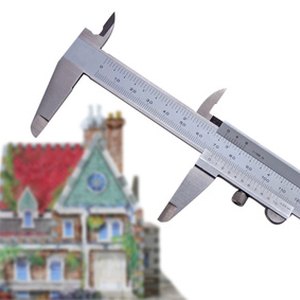
The amortization schedule of a 30-year mortgage distributes the payments so that, in the early years, interest repayment is given priority over that of principal. This relationship flips over near the end of the payment term, when the priority is on principal. This is due to the calculation method of mortgage interest, which determines interest due according to the current mortgage loan balance.
Tips
During the first seven years of your 30-year mortgage, you can expect to pay more toward the interest on the loan then the principal.
Mortgage Interest and Principal
The interest rate on a mortgage determines how much interest is paid with each payment and what part goes to principal reductions. For each monthly payment, the annual mortgage rate divided by 12 is multiplied times the outstanding balance. That is the interest component. The remaining part of the payment is the principal. For example, if the loan balance is $100,000 and the interest rate is six percent, the interest would be 0.5 percent (six divided by 12) or $500. If the monthly payment is $600, the remaining $100 would go to reduce the principal.
Effects of Different Rates
The higher the interest rate, the higher the interest each month and the lower the principal payment amount. A loan with a six percent interest rate will have less money going to principal in the early years than a mortgage with a four percent interest rate. A 30-year mortgage with a lower rate will allow you to pay down more of the loan balance in the first seven years than will a mortgage with a higher interest rate.
Typical Balance Examples
The amount of principal that is paid during the first years of a mortgage is dependent on the interest rate of the loan. Here is the percentage of a home loan that will be paid off after 84 payments (seven years) -- for different interest rates: at four percent the principal pay down is 14 percent of the original loan amount; at five percent the principal pay down is 12.1 percent; at six percent the amount of principal pay down is 10.4 percent; and with a seven percent loan, the principal pay down is 8.9 percent after seven years. These numbers show how principal repayment is slowed by higher interest rates.
Mortgage Term and Balance
During the first seven years of a 30-year mortgage, the 84 payments made represent almost 25 percent of the total payments on the loan. During that time the loan balance will be paid off only by 10 to 12 percent. During the first seven years approximately 80 percent of the total in loan payments will be for interest and only 20 percent of the payments go to principal.
References
Writer Bio
Tim Plaehn has been writing financial, investment and trading articles and blogs since 2007. His work has appeared online at Seeking Alpha, Marketwatch.com and various other websites. Plaehn has a bachelor's degree in mathematics from the U.S. Air Force Academy.

